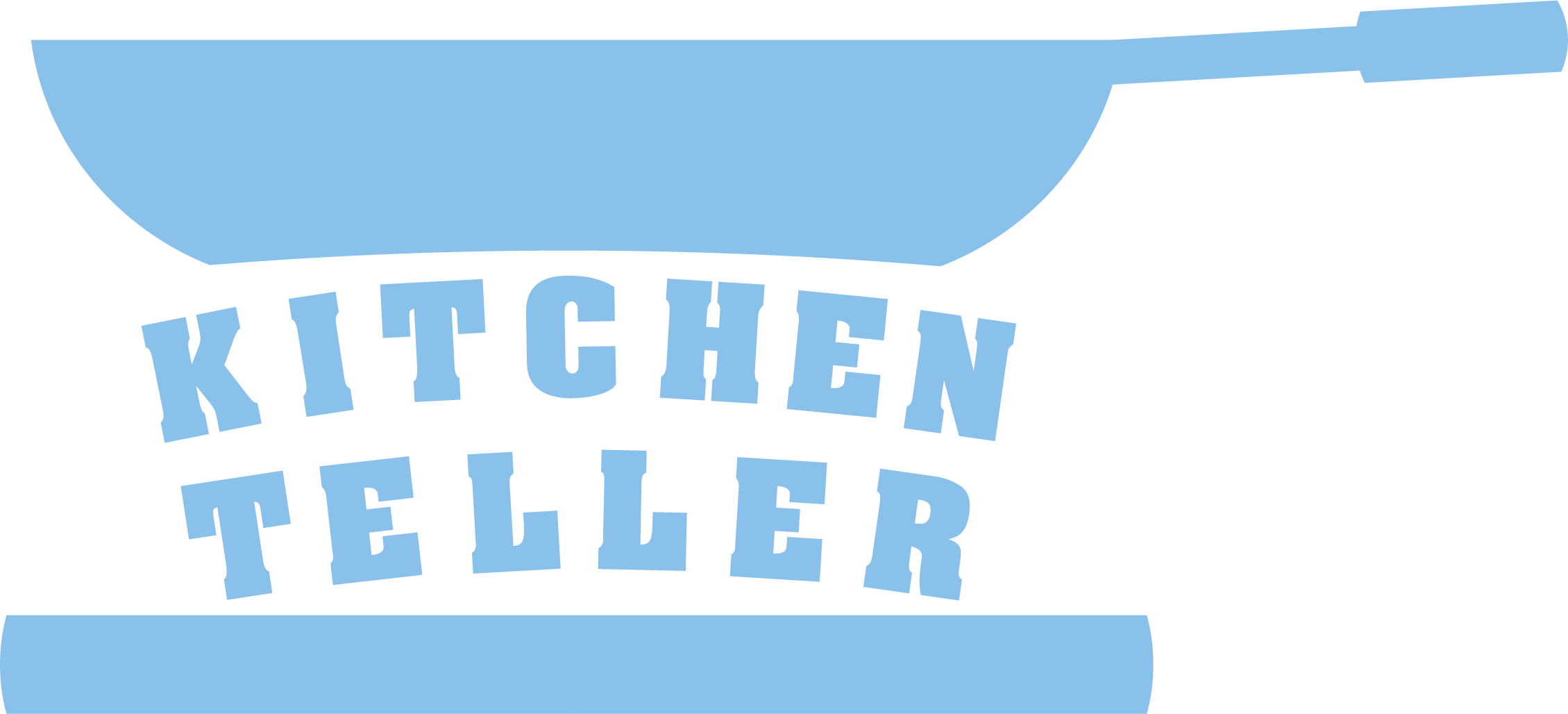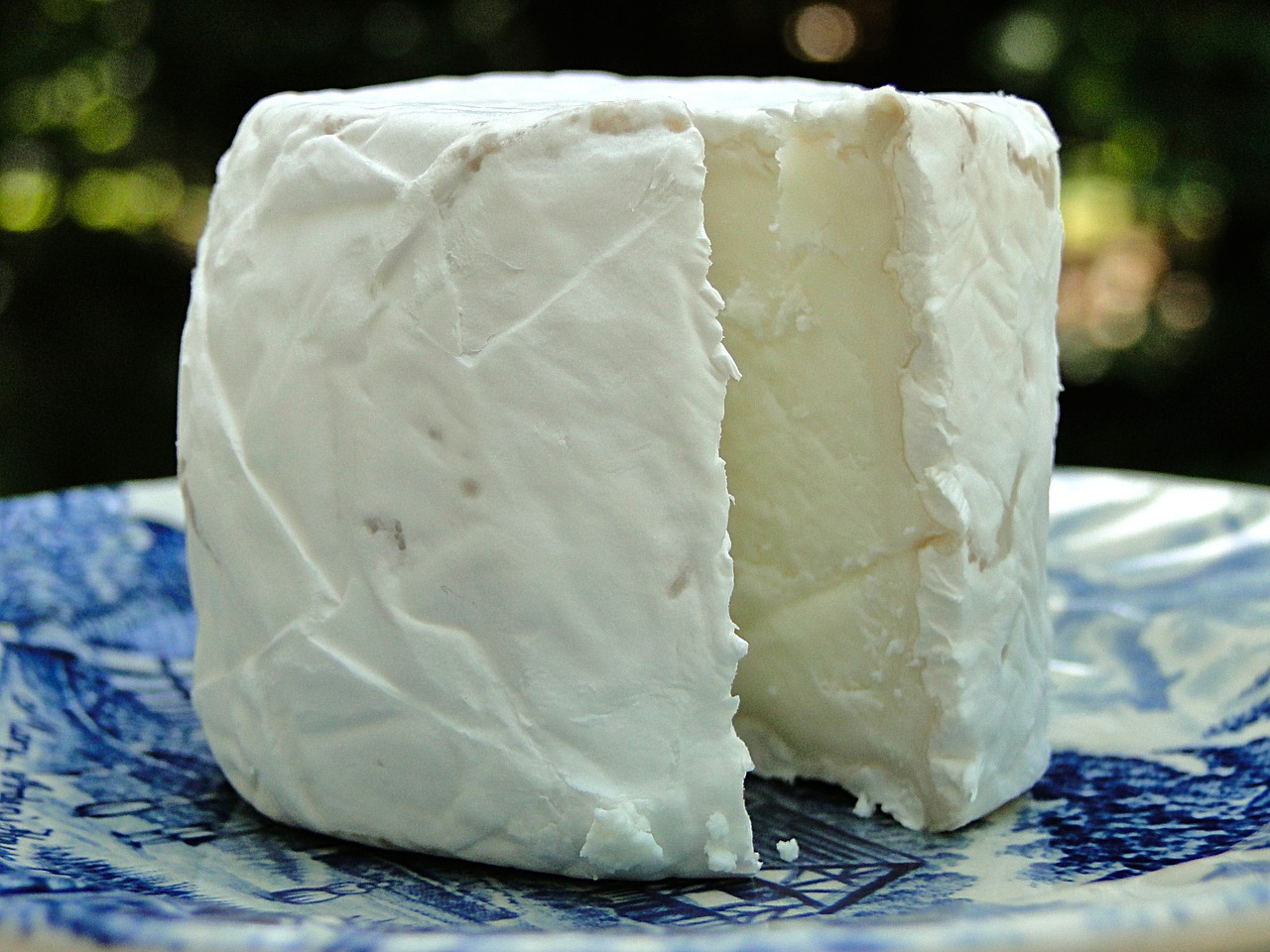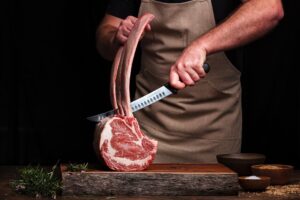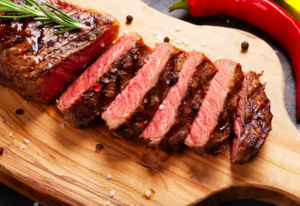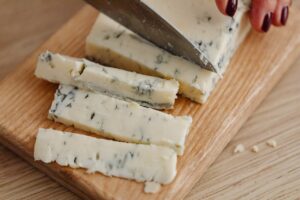Goat cheese, or Chèvre, is a hidden gem among thousands of types of cheeses. Owing to its relative scarcity, you may not discover its beauty yet. But you will fall in love with them once you try. They have a distinctive flavor that catches your tongue. Let’s dive into the goaty world!
Table of Contents
What Is Goat Cheese? How Does It Taste?
Milk is the primary ingredient of making cheeses. There are various types of milk that make the product different. For example, cow milk, sheep milk, and what we’re gonna talk about—goat milk.
Goat Cheese is typically white in color and maybe turning to slightly yellow as it ages. Sometimes you may see it with another name, Chèvre, which is a French word meaning goat.
Chèvre comes in many different textures and flavors according to the process, from creamy to crumbly and mild to tangy. But in general, goat cheeses taste softer, more intense with a tinge of earthy and distinctive tart flavor. The unique tart flavor comes from the high proportion of medium-chain fatty acids, capric acid, which is named by a Latin word capra, meaning “goat”.
► Read More: What & How Cheese Is Made? | Cheese Beginner’s Guide
Goat Cheese vs Cow Cheese
Goat cheese has several points different from cow cheese.

1. Texture
Goat cheese tends to be softer than cow cheese generally. This is because it has a lower amount of casein which is a protein that becomes firm when combined with coagulant. In other words, goat cheese has a less cohesive protein structure, and hence a softer texture.
2. Flavor
As stated previously, cow milk cheese has a milder and neutral flavor while goat cheese tastes sharper and tangier. The main reason is the rich content of capric acid which endows the characteristic goaty flavor. Tangy, earthy and tart are the keywords of goat cheeses.
3. Nutrition
Goat cheese contains slightly more fat, minerals and vitamin D when compared to cow milk cheese. On the other hand, the fat molecules of cow milk cheese are larger in size, and thus it has a heavier mouthfeel yet more difficult to digest.
4. Lactose
In fact, goat cheese has almost as much lactose as cow milk cheese, but the fat molecules are smaller than that of cow cheese. This makes it easier to digest and so more suitable for lactose intolerants.
5. Availability
It is much more common to buy cow milk cheese than goat cheese. Since cow milk is more easily available and has a mild and neutral flavor which is widely acceptable, cow cheese is mass-produced. And chèvre has distinctive and more intense flavors that may not be welcome to everyone, so the production is in small batches.
5 Types of Goat Cheese
1. Le Chevrot (France)
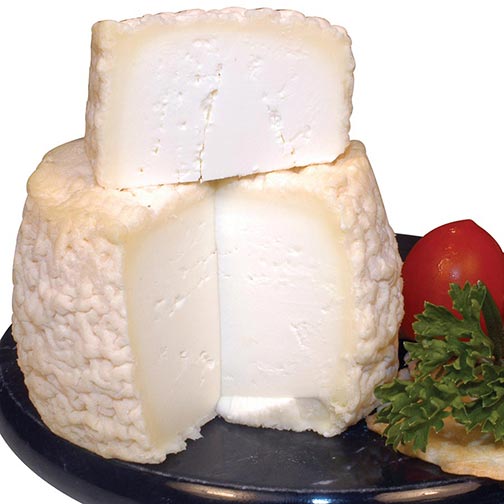
Le Chevrot comes from central western France and is made from raw goat milk. You can easily distinguish Le Chevrot from other cheeses by its wrinkled rind. It is soft and tastes creamy, richly nutty and fruity, yet not very goaty. Therefore, it is a perfect choice for those who love a slight goat flavor but not too pungent. French champagnes or white wine are good partners with this French cheese.
2. Feta (Greece)
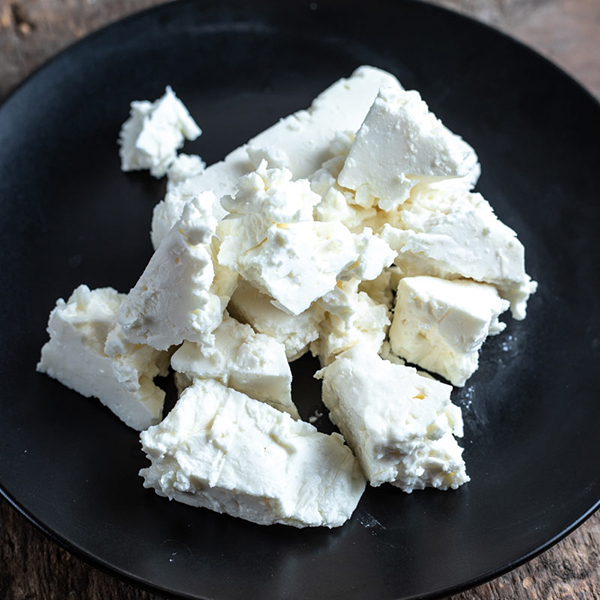
Feta is a Greek cheese that is traditionally made from sheep milk or the mixing of sheep and goat milk. Since it is matured in brine, it is white, does not have skin, and tastes quite salty. And it has a crumbly and compact texture with small holes. This Greek cheese is excellent to crumble on salad which provides saltiness and goaty cheese flavor.
3. Garrotxa (Spain)
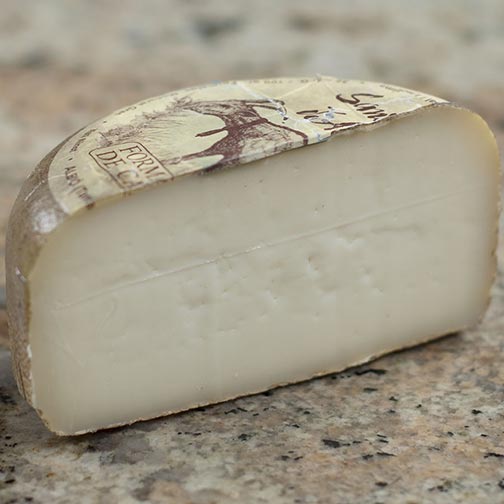
Garrotxa is an artisanal Catalan cheese from northern Spain. It is traditionally made from Murciana goats’ milk and aged in caves. This Spanish cheese has an ivory body with gray rind, as well as soft but fairly firm texture. It tastes gentle, smooth with mild earthy notes that makes it a popular cheese in many Catalan dishes.
4. Cabrales (Spain)

Cabrales is actually a type of blue cheese from Spain. It can be made from cow milk, or blended with goat and/or sheep milk. With the characteristics of blue cheese and goat cheese, Cabrales has a complex and strong flavor. It is tangy, sharp with a slightly acidic and salty taste. And it goes well with dry sausages like salami.
► Read More: What Is Blue Cheese? How It Is Made? | FAQs of Blue Cheese
► Read More: 11 Best Types of Blue Cheese From Mild to Sharp
5. Leonora (Spain)
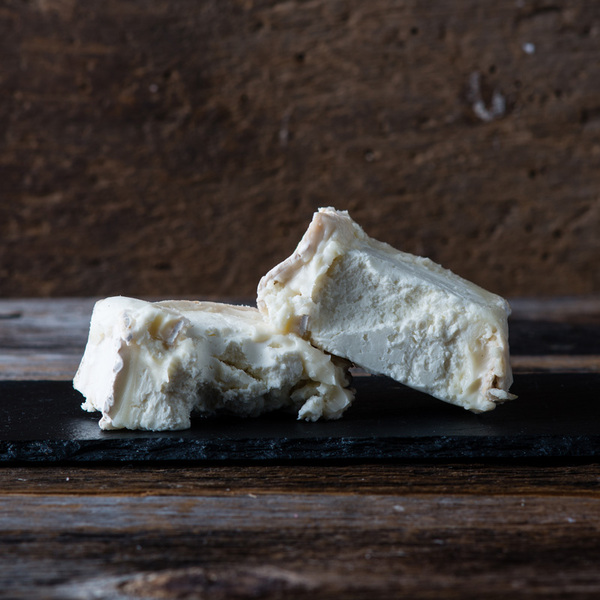
Leonora cheese is a relatively new creation which is made from Murciana goats’ milk in Spain. It is brick-shaped and the body is bone white with a bloomy white rind and gray mottles. When it is young, it has a very smooth and dense mouthfeel, and tastes creamy, lactic, lemony. and mushroomy. As aging, the paste starts to break down and becomes more runny and more intense in flavors. It matches well with cakes and dessert wine.
If you buy on GourmetFoodStore.com, use our unique discount code: KitchenTeller on the Basket page or the Payment page during checkout to enjoy 10% OFF!
If you buy on Di Bruno Bros, click HERE to check the latest discount!
► Read More: 13 Types of Goat Cheese Recommended (Don’t Miss It!)
FAQs of Goat Cheese
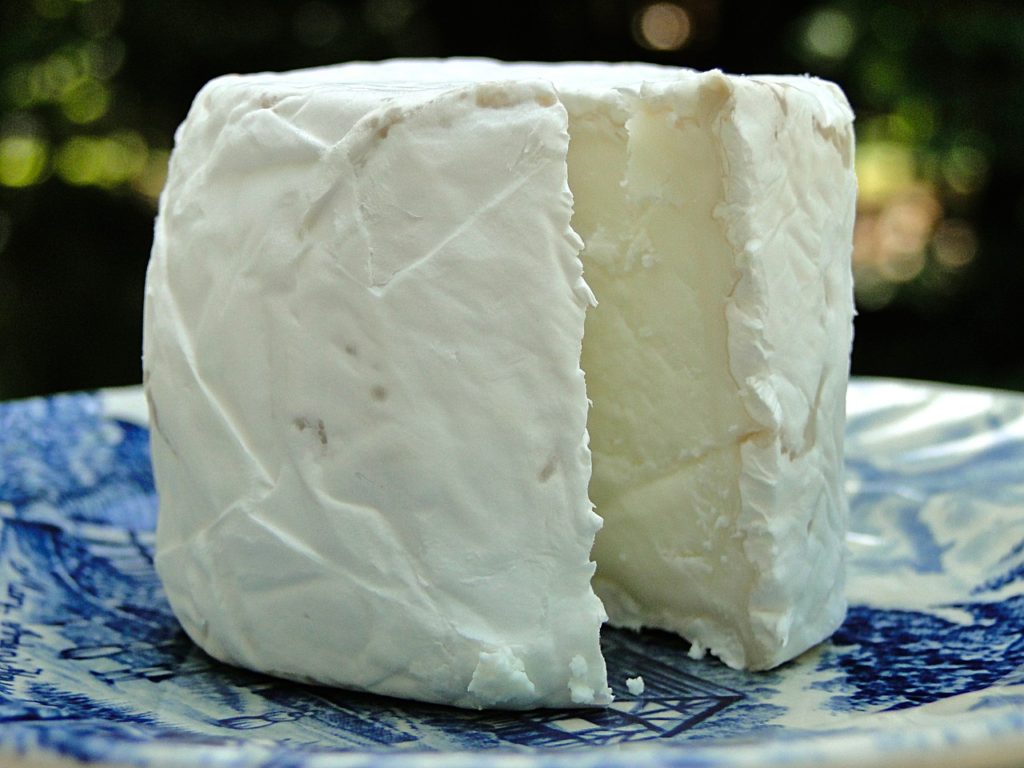
1. Is Goat Cheese Dairy?
YES.
Dairy refers to mammal milks and the products made from them which includes goat, sheep, camel. As mentioned in the above, goat cheese is made from goat milk, which is also a kind of dairy. If you are dairy allergic, do NOT try goat cheeses as you’ll probably have some issues.
2. Is Goat Cheese Good For You?
Yes.
Apart from the health benefits of all types of cheeses, such as high calcium, goat cheeses have their own advantages. Goat cheese is rich in minerals and vitamins that are good for our body. For example, it has a great amount of copper that aids in producing red blood cells. Also, its fat molecules are smaller and so easier for digestion.
3. Is Goat Cheese Pasteurized?
It depends.
Different types of goat cheese have different manufacturing processes. Some use raw goat milk while some are pasteurized. In the United States, most of the cheese is pasteurized, but do double check the label before consuming.
4. Can You Freeze Goat Cheeses?
Yes.
You can freeze goat cheeses as many other foods. If you’ve opened it, remember to wrap it properly, date it and consume within a few months. Do not forget to mark the expiry date as well.
Summary
After reading this beginner’s guide of goat cheese, it’s time to give it a go. We recommend starting from Le Chevrot as it’s just slightly goaty with a mild tange. Do try once and you’ll find the new world!
► Read More: 20+ Types of Cheese Must To Know | The Most Complete Cheese Guide
